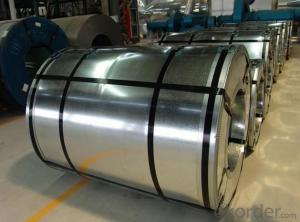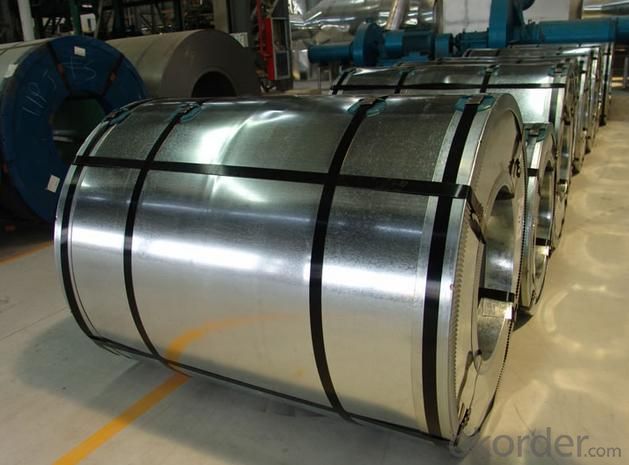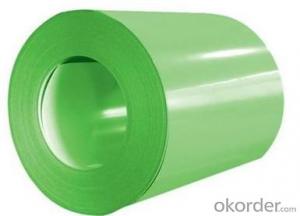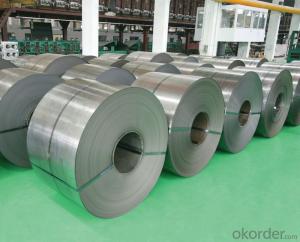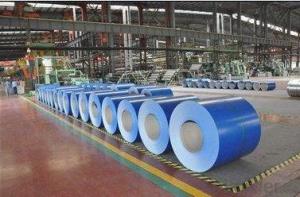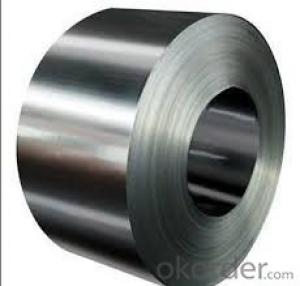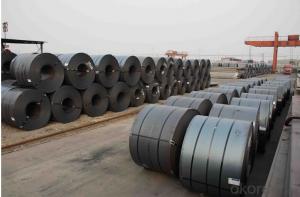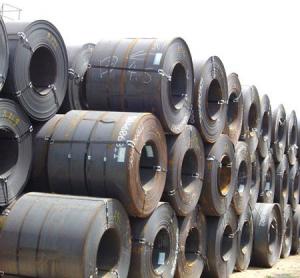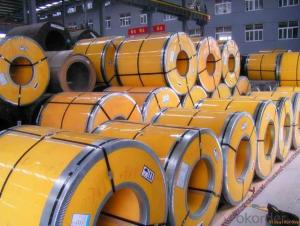Hot Rolled Galvanized / Colored Coated Steel Coil
- Loading Port:
- Tianjin
- Payment Terms:
- TT OR LC
- Min Order Qty:
- 25 m.t.
- Supply Capability:
- 10000 m.t./month
OKorder Service Pledge
OKorder Financial Service
You Might Also Like
Basic Info.
Surface Treatment:Galvanized
Width:600--1500mm
Export Markets:Global
Additional Info.
Packing:Sea Worth Packing
Origin:China(Mainland)
HS Code:7210700000
Product Description
Name: Steel coil, GI, Galvanzied steel coil,
Base Material: Hot DIP Al-Zinc coated steel sheet (AZ)
Hot DIP galvanized steel sheet (HDG)
Coating Mass: Zinc: 60-275G/M2, Al-Zn: 60-180G/M2.
Thickness: 0.21-1.55mm
Width: 600-1250mm
Internal Diameter: 508mm, 610mm
Quality standard: EN10142, EN10326, EN10169,
JIS3302, ASTMA755M, GB/T12754
Steel Grade: DX51D, DX52D, DX53D, S220GD, S250GD, SGCC
Surface Finish: Normal spangle,
Minimized spangle
Skin-passed spangle,
No spangle
Surface Treatment: Chromate-passivated (C)
Oiled (O)
Chromate-passivated + Oiled (C+O)
Untreated (U)
Anti-finger treatment
Phosphate treated(P)
Weight of coil: 1-8 MT
Package method: Vertical, Horizontal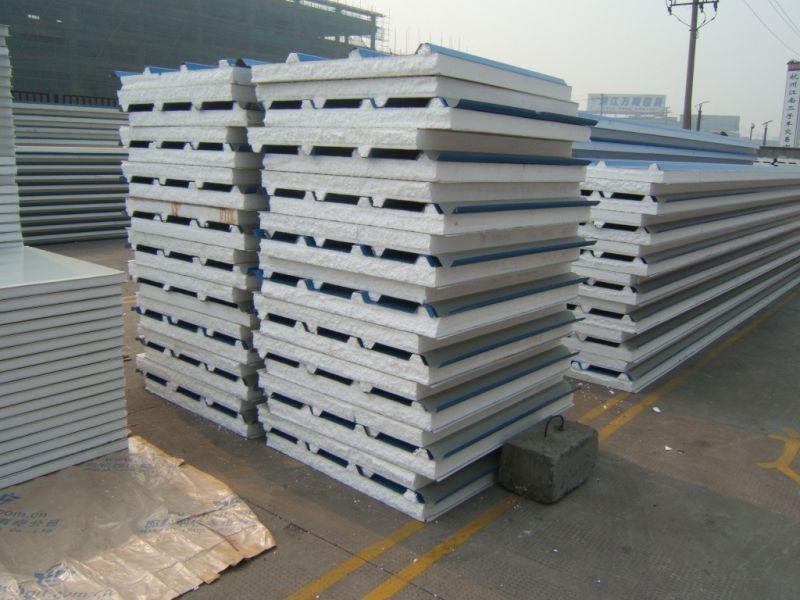
FAQ:
Acceptable payment term and way?
T/T,L/C, T/T + L/C, D/P
Acceptable price term
FOB CNF CIF DDU CPT
Do you accept OA payment terms?
Yes, sure, but it normally depending on the order value
Do you have QC team?
Yeah, sure, our QC team is very important, they will keep the qualitycontrol for our products.
What is the validity of your quotation?
Normally 7 days.
What is your advantage?
24 hour quick response /Customer oriented/ Credit foremost/ Top quality Excellent
What is your acceptable payment term?
TT,LC,OA etc
- Q: which one(glass or steel)has more power and velocity? im planning on using my slingshot for hunting.
- Steel has more mass.
- Q: What are the different types of steel coil edge trimming methods?
- There are several different types of steel coil edge trimming methods, including shearing, slitting, and laser cutting.
- Q: What are the different types of edge conditions in steel coils?
- There are several types of edge conditions in steel coils, including mill edge, slit edge, rounded edge, deburred edge, and trimmed edge.
- Q: How are steel coils used in the manufacturing of fasteners?
- Steel coils are commonly used in the manufacturing of fasteners because they provide a cost-effective and efficient way to produce large quantities of fasteners. The steel coils are unwound and then fed into machines that cut, shape, and thread the steel to create various types of fasteners such as screws, bolts, and nails. The high strength and durability of steel make it an ideal material for fasteners, ensuring secure and reliable connections in a wide range of applications.
- Q: Please give me the name of the steel, and the percentage of materials from what It consists, if you can give me five types of steel it will be better so I can decide. Thanks.
- Without okorder .. Plus few other useful resources. In the end, there's no one best steel, not even 5. It all depends on the knife design, use, edge thickness, what you cut, etc...
- Q: What are the common certifications required for steel coils?
- The common certifications required for steel coils depend on the specific industry and application of the coils. However, there are several widely recognized certifications that are commonly required. 1. ISO 9001: This certification ensures that the manufacturer has implemented a quality management system that meets international standards. It verifies that the manufacturer has the necessary processes and controls in place to consistently produce high-quality steel coils. 2. ISO 14001: This certification focuses on environmental management systems. It ensures that the manufacturer is committed to minimizing its environmental impact and reducing waste in the production process. 3. ISO 45001: This certification pertains to occupational health and safety management systems. It ensures that the manufacturer has implemented measures to protect the health and safety of its employees and stakeholders. 4. ASTM International Standards: The American Society for Testing and Materials (ASTM) has established various standards for steel coils. These standards cover aspects such as chemical composition, mechanical properties, and dimensional tolerances. Compliance with these standards ensures that the coils meet the specified requirements and are suitable for their intended use. 5. EN Standards: The European Committee for Standardization (CEN) has developed a set of standards for steel coils, known as EN standards. These standards cover similar aspects as ASTM standards but are specific to the European market. 6. JIS Standards: The Japanese Industrial Standards (JIS) are widely used in the steel industry in Japan and other countries in Asia. Compliance with JIS standards ensures that the coils meet the specific requirements of the Japanese market. 7. Product-specific certifications: Depending on the application of the steel coils, additional certifications may be required. For example, if the coils are intended for automotive use, certifications such as ISO/TS 16949 (Quality Management Systems for the Automotive Industry) may be necessary. It is important to note that the specific certifications required may vary depending on the region, industry, and customer requirements. Manufacturers should consult with their customers and industry standards organizations to determine the exact certifications necessary for their steel coils.
- Q: What are the different methods of galvanizing steel coils?
- There are several methods of galvanizing steel coils, including hot-dip galvanizing, electro-galvanizing, and continuous galvanizing.
- Q: Can steel coils be customized?
- Yes, steel coils can be customized according to specific requirements such as size, thickness, width, and even surface finish. Customization allows manufacturers to meet the unique needs of various industries and applications.
- Q: How are steel coils used in the manufacturing industry?
- Steel coils are used in the manufacturing industry for a variety of purposes such as making automotive parts, appliances, construction materials, and machinery. The coils are typically unwound and processed into sheets or strips, which can then be shaped, cut, or formed into the desired finished product. The versatility, strength, and durability of steel make it a valuable material in the manufacturing process, and the use of coils helps maximize efficiency and productivity.
- Q: How are steel coils used in the production of metal roofing panels?
- Steel coils are a critical component in the production of metal roofing panels. These coils, which are rolled sheets of steel, play a crucial role in shaping and forming the panels. To start with, the steel coils are unwound and fed into a machine called a roll former. This machine uses a series of rollers and dies to gradually shape and bend the steel into the desired profile of the metal roofing panel. The coils pass through these rollers, which apply pressure and force to mold the steel into the required shape and size. Once the metal has been formed into panels, it may undergo additional processes to enhance its durability and appearance. This can include galvanizing or coating the panels with various protective layers to prevent corrosion and improve weather resistance. These additional steps help to ensure that the metal roofing panels are able to withstand harsh environmental conditions and provide long-lasting performance. Steel coils are preferred in the production of metal roofing panels due to their strength and durability. Steel is known for its exceptional strength-to-weight ratio, making it a suitable material for roofing applications. Additionally, steel is highly resistant to various weather conditions, including high winds, heavy rains, and extreme temperatures. This makes it an ideal choice for roofing panels that need to withstand the elements and provide reliable protection for buildings. Overall, steel coils are an essential component in the manufacturing process of metal roofing panels. They are used to shape and form the panels, which are then further processed to enhance their durability. The use of steel in these panels ensures that they can withstand harsh weather conditions and provide long-lasting performance for residential, commercial, and industrial buildings.
Send your message to us
Hot Rolled Galvanized / Colored Coated Steel Coil
- Loading Port:
- Tianjin
- Payment Terms:
- TT OR LC
- Min Order Qty:
- 25 m.t.
- Supply Capability:
- 10000 m.t./month
OKorder Service Pledge
OKorder Financial Service
Similar products
Hot products
Hot Searches
Related keywords
